Nutrition Benefits
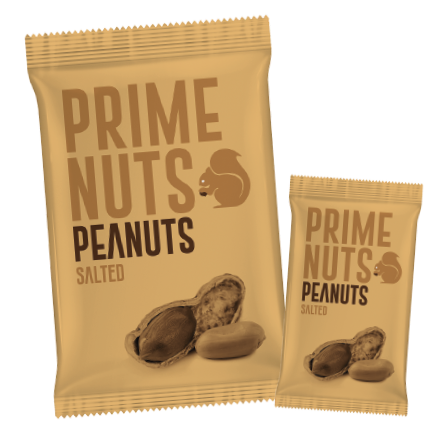
The History of the Peanut
Despite what the name might suggest, the humble peanut is actually not a true nut. On the contrary, it belongs to the legume family, which includes peas, beans, lentils, and chickpeas. With no real fossil records to speak of, peanuts probably have their origins in South America, in Peru or in Brazil, where they existed for thousands of years.
Subsequently, Spanish and Portuguese explorers discovered them and brought them over with their excursions into the New World, which led them to Africa. The journey of the peanut continued until it finally found its way into North America through African traders. Peanuts can be enjoyed in a wide number of ways – they can be eaten plain, added as a garnish, sprinkled as flakes, used as a cooking oil, or spread as a tasty (and popular) butter. However, this variety in consumption is only part of a much bigger reason why everyone should include peanuts in their diet.
Top Reasons to Eat Peanuts
- Peanuts contain a lot of protein, which serves as a vital nutrient for the growth and maintenance of overall muscle and body organs such as the skin and hair.
- They serve as a protective function against cancers, heart disease, degenerative nerve disease, Alzheimer’s disease, and viral/fungal infections.
- They are rich in monounsaturated fats, the type of fat that reduces low-density lipoprotein (LDL) cholesterol levels and thereby reduces the risk of coronary heart diseases.
- Peanuts also contain high amounts of niacin, which is used to convert starch that can be stored in muscles and liver for eventual use as an energy source.
Nutritional Composition
Peanuts are a significant source of protein, manganese, and niacin. They contain large portions of glutamic acid and monounsaturated fats. Peanuts also feature an array of other nutrients such as Vitamin E, folates, and other minerals. It is because of these reasons they make a tasty snack and should be included as part of a balanced diet. Its nutritional composition includes:
- Proteins: Proteins are commonly known as the building blocks of the human body and are widely considered to be the best-recognized nutrient in terms of its health importance.
- Manganese: While manganese is not usually first thought of as a dietary mineral, it is nevertheless an important mineral that aids in skin integrity and blood sugar control.
- Niacin: Niacin is a complex B Vitamin that has an important role in energy production through the synthesis of food and also aids in antioxidant protection by quenching free radicals, which protects the human body against excessive tissue damage.
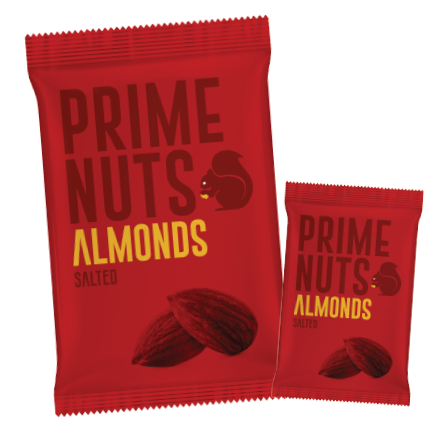
The History of the Almond
The almond has historically always been a nutritious food. Almonds take their roots originally from central and southwest Asia, and were a staple part of the diet of nomadic tribes, since they helped sustain their long journeys. These explorers ate almonds while traveling the Silk Road between Asia and the Mediterranean. Before long, almond trees flourished in the Mediterranean and are now grown in many of the countries that border the Mediterranean Sea including Portugal, Morocco, Spain, and California.
Top Reasons Why You Should Eat Almonds
- Almonds are incredibly effective for weight loss, since they help with providing that satisfied feeling everyone wants after a meal or snack. It also provides plentiful nutrients per calorie.
- They help in the development and health of the human brain.
- Almond oil, when applied regularly, can protect the skin from dryness.
- Assist with blood sugar control.
- Almonds can help reduce the risk of gallstones in both genders.
- Lower risk of cardiovascular and coronary heart disease.
Nutritional Composition
Almonds are among the richest sources of health-benefiting nutrients. They contain large portions of carbohydrates, Vitamin E, manganese, riboflavin (Vitamin B2), and magnesium. Moreover, they contain high quantities of monounsaturated fat (which is beneficial for the heart). Because of these reasons, almonds pack a serious nutritional punch. Its nutritional composition includes:
- Carbohydrates: Carbohydrates are the body’s main source of fuel. They are required for the central nervous system, the kidneys, the brain, the muscles (including the heart) to function properly.
- Vitamin E: A vitamin that serves many biological functions, the most important of which is the role of an antioxidant, which helps to slow down processes that damage cells.
- Magnesium: Magnesium is a valuable mineral that is required for energy production. It also contributes to the structural development of bones and aids blood pressure regulation.
- Manganese: While manganese is not usually first thought of as a dietary mineral, it is nevertheless an important mineral that aids in skin integrity and blood sugar control.
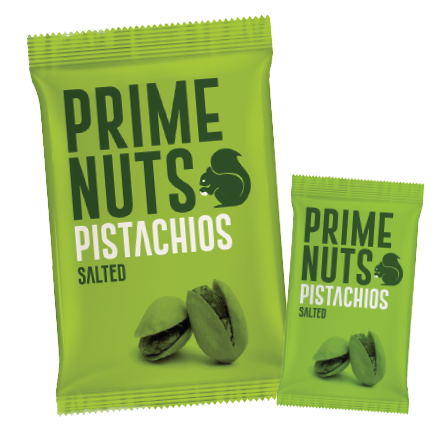
The History of the Pistachio
The origin of the pistachio has a long and interesting history. The pistachio is native to the Middle East and they have been grown in this region for thousands of years. In Persia (modern day Iran), pistachio trade and ownership of pistachio groves meant riches and high status. The pistachio nut had this luxurious status symbol attached for a peculiar reason. According to legend, the Queen of Sheba decreed pistachios an exclusively royal food, going so far as to forbid commoners from growing the nut for personal use! However, the pistachio is not a nut. It is in fact, a desert plant. It is commonly known as a nut because they look like nuts and are a part of the cashew family.
Top Reasons to Eat Pistachios
- Pistachios are the ideal post-exercise snack for fitness enthusiasts and athletes alike because they have protein, healthy fats and antioxidants and provide a satisfying source of energy.
- One of the other health benefits of pistachios is that they are a good source of dietary fiber, which helps in the smooth digestion of food.
- Pistachios contain an array of nutrients that contribute to heart health.
- They are also the first choice for people who are dieting.
- The fiber content of pistachios makes them more filling, helping you to eat fewer calories later in the day.
- Pistachio oil extracted from kernels is one of the healthiest cooking oils.
Nutritional Composition
Pistachios are one of the few delicious tree nuts that contain most of the nutrients that are required by humans for complete wellbeing. Pistachios are rich in phosphorus, Vitamin B6 and Vitamin E. Pistachios also contain fewer calories and provide more potassium than other nuts. Just a handful of pistachios provide many essential vitamins and minerals, protein and fiber, and monounsaturated fats. Its nutritional composition includes:
- Vitamin B6: Vitamin B6 plays an important role in converting food into energy and helping the body metabolize fats and proteins.
- Potassium: Potassium is a vital mineral for the human body that plays a key role in skeletal and smooth muscle contraction, making it important for normal digestive and muscular function.
- Phosphorus: Phosphorus is a mineral that makes up 1% of a person’s total body weight. The main function of phosphorus is in the formation of bones and teeth.
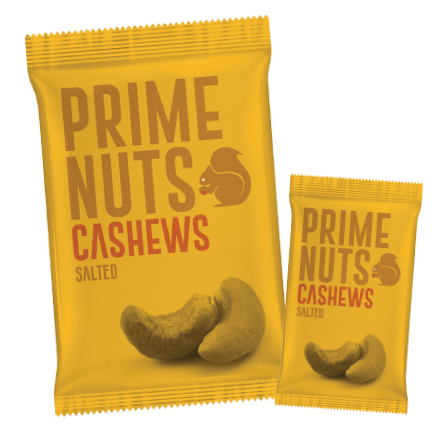
The History of the Cashew
The cashew nut, like most other nuts, has a variety of culinary uses, but is in fact a seed. The cashew tree belongs to the same family as the pistachio and is a fast-growing, evergreen perennial. It loves the tropics and in tropical heat can grow to heights of forty or fifty feet. It is because of this reason that the cashew tree flourishes in countries like Peru and Brazil. Native to the latter, the cashew plant made its way to India in the sixteenth century via Portuguese sailors. Today, the leading commercial producers of cashews are India, Brazil, Mozambique, Tanzania, and Nigeria.
Top Reasons to Eat Cashews
- Cashew nuts help keep blood pressure under check as they are low in sodium and high in potassium.
- Cashew nuts are a good alternative for those seeking to lose weight, as they have zero percent cholesterol content.
- If you’ve always wished for black hair, cashews which are full of copper, can help.
- Cashew nuts bond with iron to increase immunity.
- Cashew nuts help in growth and development, DNA synthesis, and digestion.
Nutritional Composition
Cashew nuts have gained popularity in North America and Europe not only for their flavor but for their inherent health benefits too. They are an excellent source of copper, and a good source of phosphorus, magnesium, manganese, and zinc. Its nutritional composition includes:
- Copper: Copper is essential for all living things. Virtually every cell in the body utilizes copper and, together with iron and zinc, makes up the trio of minerals essential to our well-being. Without it, our nervous and cardiovascular systems would not function normally.
- Zinc: Zinc is an important trace mineral that people need to stay healthy. This element is second only to iron in its concentration in the body. It plays a role in cell division, cell growth, wound healing, and the breakdown of carbohydrates.
- Magnesium: Magnesium is a valuable mineral that is required for energy production. It also contributes to the structural development of bones and aids blood pressure regulation.
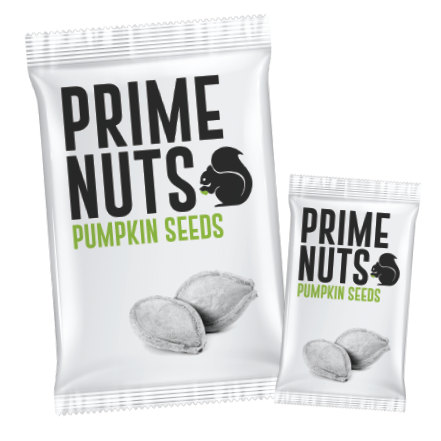
The History of Pumpkin Seeds
‘Pepita’, is a Spanish culinary term for the edible kernels of the pumpkin fruit. Early Native American farmers consumed pumpkin seeds and used them for medicinal purposes too. It is said that Columbus carried pumpkin seeds back with him to Europe. While there, they were used to feed farm animals as the seeds were not considered edible at the time. Today however, pumpkin seeds are tiny nutritional powerhouses.
Top Reasons to Eat Pumpkin Seeds
- They help in developing the body’s immune system.
- A good portion of pumpkin seeds aid cell growth and division.
- Pumpkin seeds can positively affect your mood according to independent researchers.
- Enrich your senses of taste and smell.
- Boost eye and skin health.
- Help insulin regulation.
- Pumpkin seeds provide benefits for heart and liver health, particularly when mixed with flax seeds because they are rich in healthy fats, antioxidants, and fibers.
- Eating pumpkin seeds a few hours before bed, along with some carbohydrates (a small piece of fruit)
can promote a good night’s sleep. This is because it provides your body with the tryptophan needed for your melatonin and serotonin levels.
Nutritional Composition
The versatile pumpkin fruit has flowers, seeds, and flesh that are edible and nutrient-rich. Pumpkin seeds are high in calories (about 559 calories per 100 g). In addition, they are packed with fiber and numerous antioxidants. Furthermore, the seeds have many health-benefiting vitamins and minerals like copper, manganese, potassium, calcium, iron, magnesium, and zinc, as well as essential amino acids such as tryptophan and glutamate. Its nutritional composition includes:
- Magnesium: Magnesium is a valuable mineral that is required for energy production. It also contributes to the structural development of bones and aids blood pressure regulation.
- Manganese: While manganese is not usually first thought of as a dietary mineral, it is nevertheless an important mineral that aids in skin integrity and blood sugar control.
- Phosphorus: Phosphorus is a mineral that makes up 1% of a person’s total body weight. The main function of phosphorus is in the formation of bones and teeth.
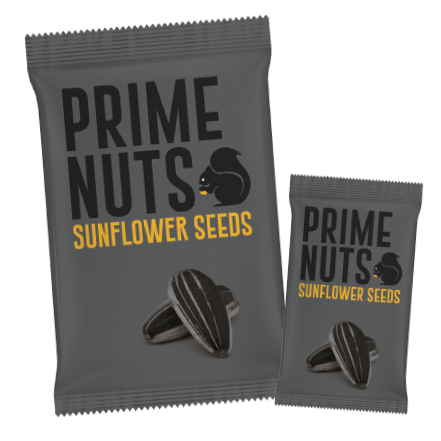
The History of Sunflower Seeds
The universal sunflower plant is native to North American soil. The yellow flowers produce small edible seeds which are gray or greenly colored and are found naturally in dark green, gray, or black shells called ‘husks’. Sunflowers grew in abundance all across North America, and from the Paleo-Indian time on, different groups of people used to consume these seeds, for their high fat content. Many years on, sunflower seeds – easy to crack open and eat between meals without ruining your appetite – are a much healthier snacking option. In the early days, the seed oil was used to lubricate hair and skin. Today, sunflower seeds are sourced to extract edible oil on a commercially global scale.
Top Reasons to Eat Sunflower Seeds
- They help reduce the severity of asthma.
- Help lower high blood pressure.
- Prevent migraines.
- Reduce the risks of heart attack and stroke.
- Reduce blood levels of cholesterol.
- Enhance immunity.
- Decrease risk of certain cancers.
- Sunflower seeds also offer health benefits due to their Vitamin B-1, or thiamine, content. Thiamine activates enzymes within your cells, helping to drive chemical reactions your cells need to function.
Nutritional Composition
Sunflower seeds, like nearly all types of nuts and seeds, provide a healthy source of essential fatty acids; in the form of linoleic acid. Additionally, sunflower seeds are also an excellent source of fiber, amino acids (especially tryptophan) which make up the building blocks of proteins, B Vitamins (like thiamine, phosphorus, selenium) and are enriched with Vitamin E and copper. Its nutritional composition includes:
- Vitamin E: A vitamin that serves many biological functions, the most important of which is the role of an antioxidant, which helps to slow down processes that damage cells.
- Phosphorus: Phosphorus is a mineral that makes up 1% of a person’s total body weight. The main function of phosphorus is in the formation of bones and teeth.
- Copper: Copper is essential for all living things. Virtually every cell in the body utilizes copper and, together with iron and zinc, makes up the trio of minerals essential to our well-being. Without it, our nervous and cardiovascular systems would not function normally.
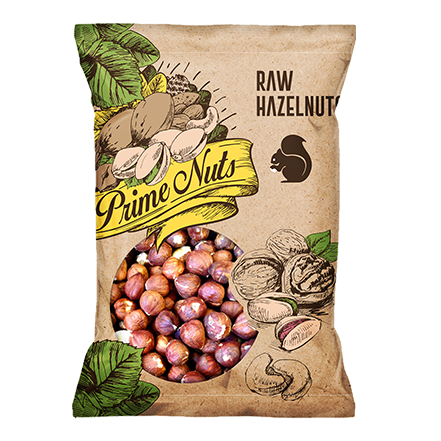
The History of Hazelnut
Hazelnuts have been consumed by humans since prehistoric times. Evidence of the cultivation of hazelnuts exists in excavations sites in China that date back over 5,000 years ago. An ancient manuscript also listed hazelnuts as one of China’s five sacred foods. Archaeologists have found large quantities of hazelnut shells in Mesolithic and Neolithic sites in what is now Sweden, Denmark, and Germany. The Mesolithic era, or Middle Stone Age, dates back around 10,000 years ago until the Neolithic period, which started 7,000 years ago. Hazelnuts were a large part of the prehistoric hunter and gatherer’s diet, and the nuts probably provided them with enough nutrition to sustain them between hunting seasons.
The hazel tree is very sturdy and can flourish in drought-susceptible to cold environments. It can be grown in a wide range of USDA plant hardiness zones, from four through eight. It was one of the first shrub-like trees to spread north after the last glacial period in Europe ended 7,000 years ago. Hazelnut trees have long dominated the British Isles and parts of Scandinavia.
The Reasons to Eat Hazelnut
- Hazelnuts contain heart-healthy fats that can help protect our heart.
- They are rich in mono-unsaturated fatty acids like oleic as well as essential fatty acid, linoleic acid that helps lower LDL or bad cholesterol and raises HDL or good cholesterol.
- Research studies suggest that a Mediterranean diet plentiful in monounsaturated fatty acids contributes to preventing coronary artery disease and strokes by favoring a healthy blood lipid profile.
- Besides being rich in folates, they are packed with many other important B-complex groups of vitamins such as riboflavin, niacin, thiamin, pantothenic acid, and pyridoxine (vitamin B-6).
Nutritional Composition of Hazelnut
Hazelnuts are very high in energy and loaded with many health-benefiting nutrients that are essential for optimum health. 100g nuts carry 628 calories.
- Vitamin-E: Hazelnuts are an excellent source of vitamin-E; contain about 15 g per 100g (providing 100% of RDA). Vitamin-E is a powerful lipid soluble antioxidant required for maintaining the integrity of mucosa and skin by protecting it from harmful “free oxygen radicals.”
- Folate (folic acid and vitamin B9): Hazels are exceptionally rich in folate, which is a unique feature for the nuts. 100g fresh nuts carry 113µg; that is, about 28% recommended daily intake of this vitamin. Folate helps prevent megaloblastic anemia, and most importantly, neural tube defects in the newborn. Great news for expectant mothers!
- Minerals: They are a rich source of minerals like manganese, potassium, calcium, copper, iron, magnesium, zinc, and selenium. Copper and manganese are essential co-factors for antioxidant enzyme superoxide dismutase. Iron helps prevent microcytic anemia, while magnesium and phosphorus are vital components of bone metabolism.
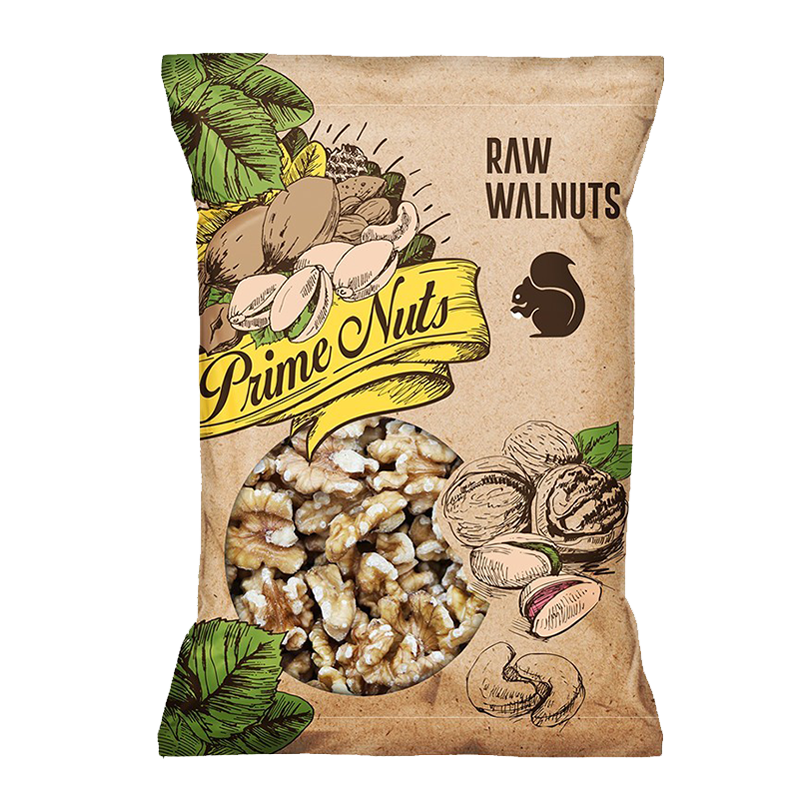
The History of Walnut
Walnuts have a rich history dating back thousands of years. Walnuts are the oldest tree food known to man, dating back to 7000 B.C. The Romans called walnuts Juglans regia, “Jupiter’s royal acorn.” Early history indicates that English walnuts came from ancient Persia, where they were reserved for royalty. Thus, the walnut is often known as the “Persian Walnut.” Walnuts were traded along the Silk Road route between Asia and the Middle East. Caravans carried walnuts to far-off lands and eventually through sea trade, spreading the popularity of the walnut around the world. English merchant marines transported the product for trade to ports around the world, and they became known as “English Walnuts.” England, in fact, never grew walnuts commercially. The outer shell provided a natural protective layer helping to maintain the quality of the nut. Today, the nut trade continues to be a well-established, ordered, and structured business.
The Reasons to Eat Walnut
- Walnuts are rich in omega-3 and are an ample source of monounsaturated fatty acids (72%) like oleic acid.
- EFAs from walnuts secure bone health by increasing calcium absorption and deposition while reducing urinary calcium excretion.
- Walnuts improve body metabolism and provide minerals like manganese, copper, potassium, calcium, iron, magnesium, zinc, and selenium.
- People with diabetes can consume walnuts regularly without significant weight gain due to their healthy fats.
- Components in walnuts can control the growth of cancer cells.
- Polyphenolic compounds and phytochemicals in walnuts reduce inflammation effects in the body.
Nutritional Composition of Walnut
Walnuts are a rich source of energy and hold many health-benefiting nutrients, minerals, antioxidants, and vitamins essential for well-being. Additionally, they are packed with phytochemical substances contributing to their antioxidant activity.
- Omega 3: Walnuts are rich in monounsaturated fatty acids (about 72%) like oleic acid and omega-3 essential fatty acids, including linoleic acid, alpha-linolenic acid (ALA), and arachidonic acids. Regular consumption helps lower LDL (bad cholesterol) and increase HDL (good cholesterol), reducing the risk of coronary artery disease and strokes.
- Vitamin-E: Walnuts are an excellent source of vitamin-E, especially rich in γ -tocopherol, carrying about 21g per 100g (140% of daily required levels). Vitamin-E protects cell membranes from harmful oxygen-induced free radicals.
- Vitamin B6: This vitamin strengthens the immune system and supports nerve health. A deficiency may cause anemia.
- Minerals: Walnuts are rich in minerals such as manganese, copper, potassium, calcium, and iron, which are vital for overall health.
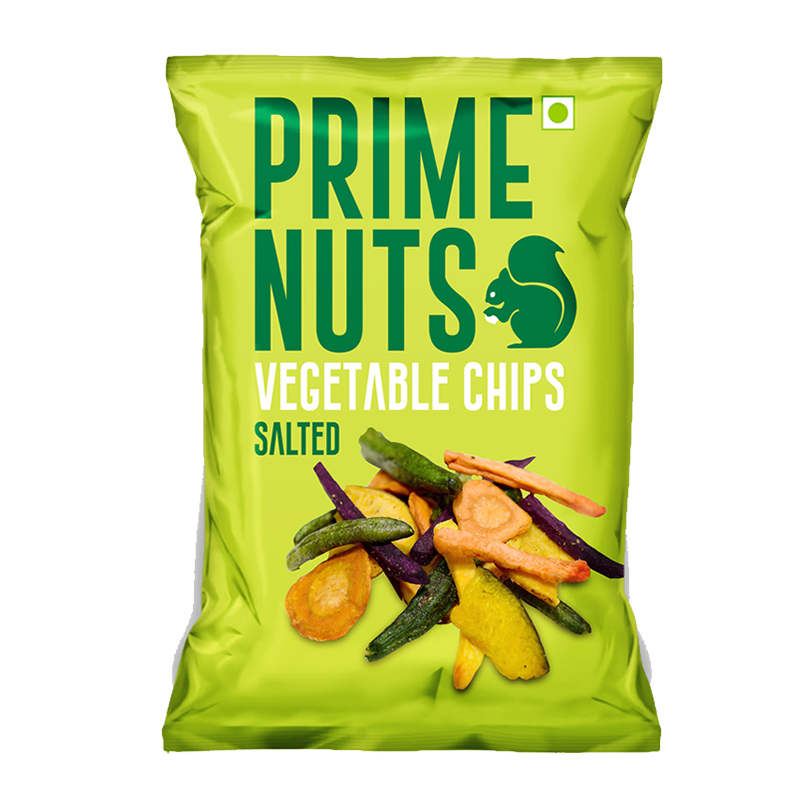
The History of Vegetables
Before the advent of agriculture, humans were hunter-gatherers. They foraged for edible fruit, nuts, stems, leaves, corms, and tubers, scavenged for dead animals, and hunted living ones for food. Forest gardening in a tropical jungle clearing is thought to be the first example of agriculture; useful plant species were identified and encouraged to grow while undesirable species were removed. Plant breeding through the selection of strains with desirable traits such as large fruit and vigorous growth soon followed.
While the first evidence for the domestication of grasses such as wheat and barley has been found in the Fertile Crescent in the Middle East, it is likely that various peoples around the world started growing crops in the period 10,000 BC to 7,000 BC. Throughout recorded history, the rich enjoyed varied diets including meat, vegetables, and fruit, while the poor relied on staple crops supplemented with vegetables for variety and nutrition.
The Reasons to Eat Vegetables
- May reduce the risk of heart disease, including heart attack and stroke.
- May protect against certain types of cancers.
- Rich in fiber, which may reduce the risk of heart disease, obesity, and type 2 diabetes.
- May lower blood pressure and reduce the risk of kidney stones and bone loss.
- Low-calorie alternatives that help lower overall calorie intake.
- Rich in nutrients such as potassium, dietary fiber, folate, vitamin A, and vitamin C.
Nutritional Composition of Vegetables
- Okra: Provides vitamin C, B vitamins, magnesium, lutein, and potassium.
- Green beans: Good source of vitamin C, folic acid, iron, and potassium.
- Carrots: Rich in beta-carotene, vitamins A and K, and potassium.
- Pumpkin: Low in cholesterol and sodium, rich in dietary fiber, vitamins A and C, riboflavin, potassium, copper, and manganese.
- Sweet potato: Excellent source of vitamins A, B6, and C, iron, fiber, and potassium. One cup contains four times the recommended daily allowance of beta-carotene.
- Folate: Helps the body form red blood cells and supports healthy fetal development in pregnant women.
- Vitamin A: Maintains healthy eyes and skin, and protects against infections.
- Vitamin C: Promotes healing of wounds, keeps teeth and gums healthy, and aids in iron absorption.
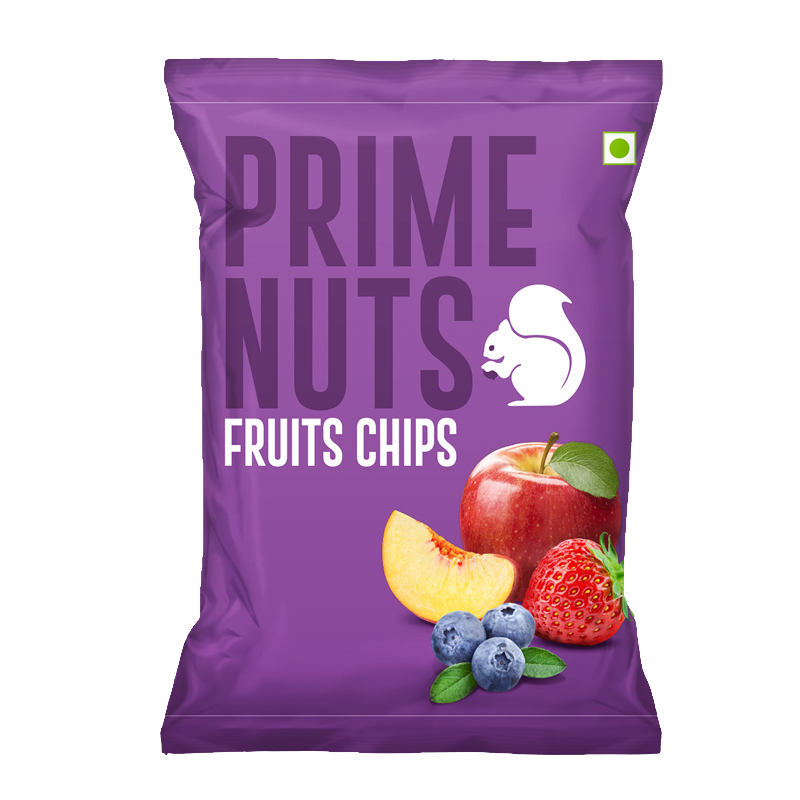
The Reasons to Eat Fruits
- Fruit is a good source of vitamins and minerals, helping to prevent deficiencies in vitamin C and vitamin A.
- Eating fruit as part of a healthy diet can reduce the risk of chronic diseases.
- Fruits are rich in potassium, fiber, vitamin C, and folate (folic acid).
- Blueberries, citrus fruits, cranberries, and strawberries contain phytochemicals being studied for additional health benefits.
Nutritional Composition of Fruits
The nutrients in fruits are vital for health and maintenance of your body.
- Potassium: Reduces the risk of heart disease, stroke, kidney stones, and bone loss as you age.
- Folate (Folic Acid): Helps form red blood cells and prevents neural tube birth defects in newborns.
Key Fruits and Their Benefits
- Apples: High in fiber, vitamin C, potassium, and vitamin K. Promotes heart health, reduces the risk of type 2 diabetes and cancer, and supports gut health with prebiotic pectin.
- Pineapple: Rich in vitamin C and manganese. Contains bromelain, an enzyme with anti-inflammatory properties and potential cancer-fighting benefits.
- Strawberries: Rich in vitamin C, manganese, folate, and potassium. High in antioxidants, with potential to prevent cancer and reduce blood sugar spikes.
- Blueberries: Packed with fiber, vitamin C, vitamin K, and manganese. Known for their antioxidants, which may reduce the risk of chronic diseases and improve brain function.
- Kiwi: Contains more vitamin C than oranges. Supports bone health, reduces blood triglycerides, and maintains teeth and gum health.
- Peach: High in vitamin C, helping reduce wrinkles, improve skin texture, and combat skin damage caused by sun and pollution.
